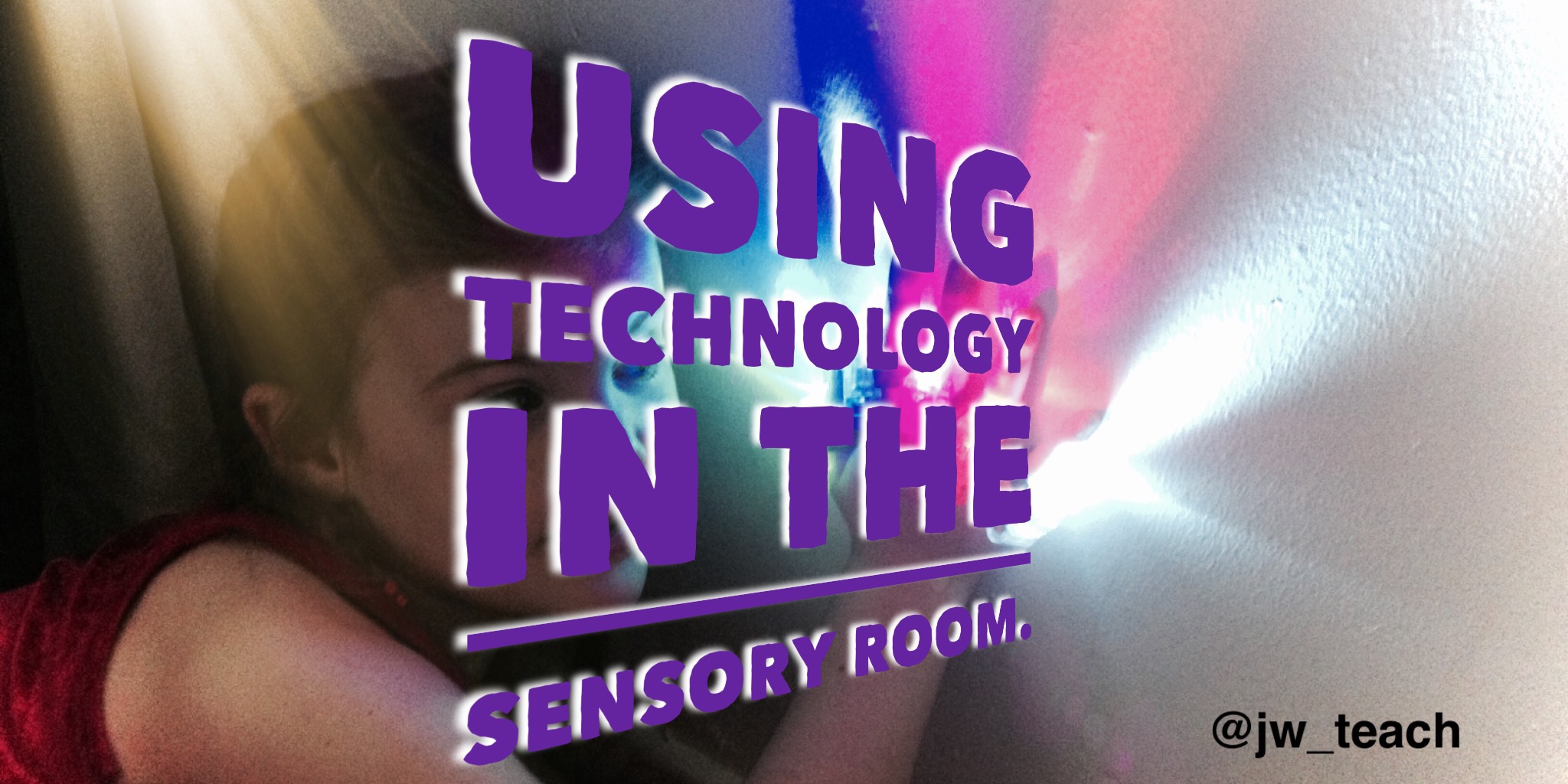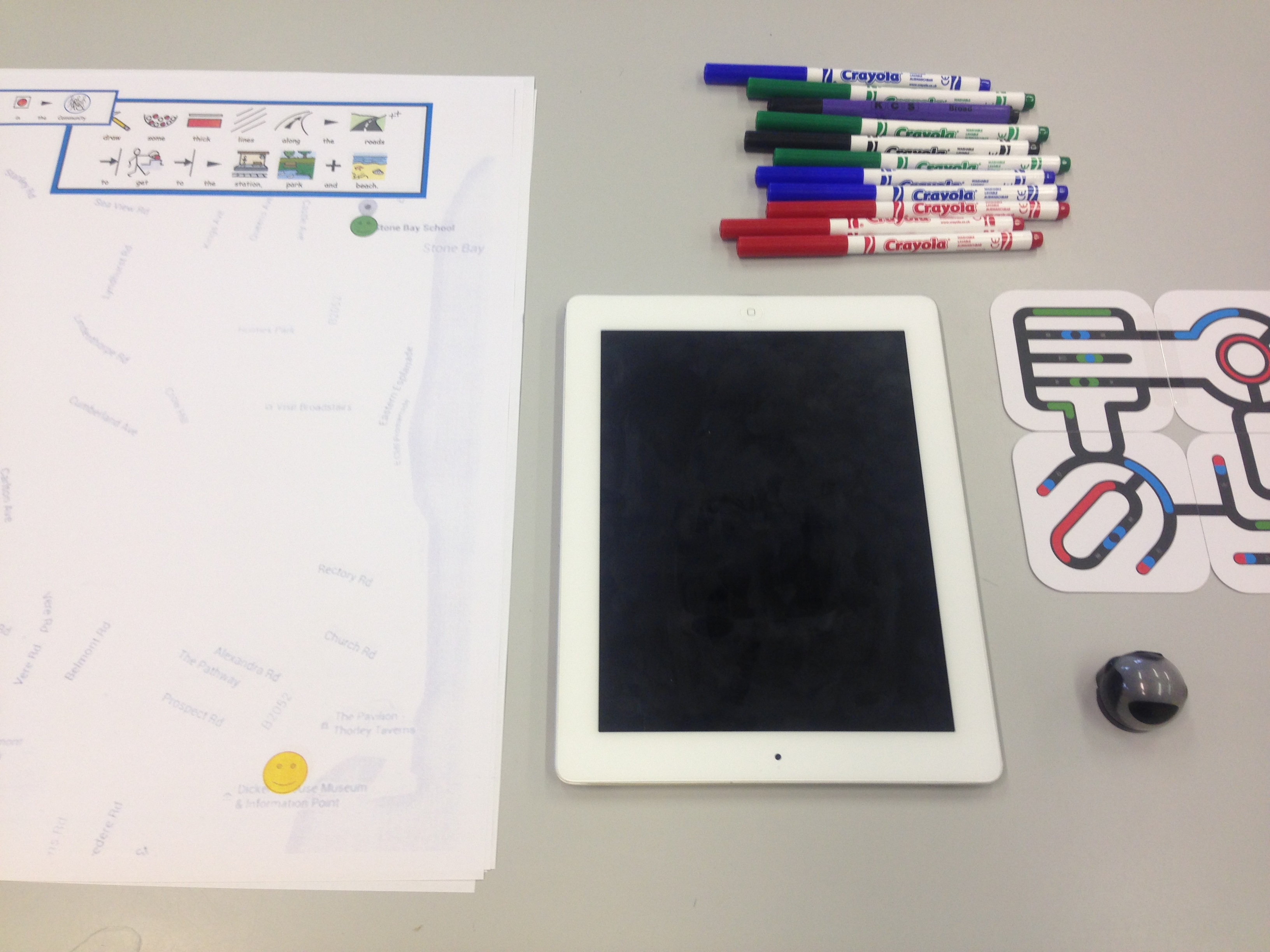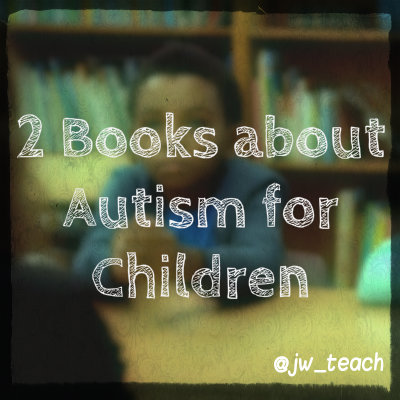Stimming, Autism & ADHD: A Guide for Teachers
Stimming in Autism, ADHD and Neurotypical Children
Stimming, also known as self-stimulatory behaviour, is common among autistic individuals. Repetitive movements or sounds serve important purposes for autistic people. This article provides an in-depth look at what stimming is, why it occurs, and how it can be supported in autistic children and adults.
What is Stimming?
Stimming refers to repetitive or unusual body movements, motions or sounds. Common examples include hand flapping, rocking, spinning, pacing, echolalia (repeating words or phrases), grunting, humming, and fidgeting with toys or objects. These self-stimulating behaviours provide sensory input and motor output that help autistic individuals self-regulate, process information, manage anxiety, and cope with overwhelming environments. Research indicates that stimming develops early in infancy as children explore their environment. Repetitive actions like banging toys or shaking objects provide sensory input to help young children learn. While stimming behaviours decline for neurotypical children as they age, they persist and serve adaptive purposes in autistic individuals.
Why Does Stimming Occur?
Experts point to several reasons why autistic people engage in stimming:
- Managing anxiety, stress or discomfort
- Self-soothing when emotions feel overwhelming
- Releasing pent-up energy or excitement
- Regulating sensory input and processing
- Improving focus and concentration
- Communicating feelings and thoughts through behaviours rather than words
A 2021 study analysing self-reports from autistic adults emphasized the importance of stimming as a regulatory coping mechanism. Participants described using stims to relieve stress, process emotions, manage dysregulated thoughts, and communicate.
The Benefits and Purpose of Stimming
A growing body of research confirms that stimming provides important benefits for many autistic individuals. Science shows autistic people experience sensory processing differences that lead to being overstimulated easily. Self-stimulation helps regulate input and energy, creating a calming effect. Documented benefits of stimming for autistic people include:
- Reducing anxiety and relieving stress
- Regulating emotions and processing feelings
- Managing sensory sensitivities
- Improving focus and concentration
- Enhancing calm and relaxation
- Enabling the expression of thoughts and feelings
Many autistic self-advocates strongly encourage acceptance of stimming behaviours. Suppressing harmless stims can increase anxiety, stress and discomfort. Most experts emphasise allowing non-injurious stims as an important form of self-regulation.
Examples of Stimming Behaviours
Stimming encompasses a wide variety of behaviours involving repetitive movements, sounds and interactions with objects. Some common examples include:
- Hand flapping, finger flicking, clapping
- Rocking front-to-back or side-to-side
- Spinning or pacing in circles
- Leg shaking, foot tapping
- Vocalisations like grunting or humming
- Echolalia (repeating words, phrases or noises)
- Arranging, stacking or lining up objects
- Fidgeting with toys, spinners, strings
- Flicking fingers in front of eyes
- Sniffing hands or objects
There are many other potential stims. Some may seem odd to outside observers, but serve a regulatory purpose for the autistic individual. Judgment or shame must be avoided.
Managing Stimming and Providing Support
Most experts emphasise accepting harmless behaviours as an important part of supporting autistic children and adults. However, in some cases, self-injurious or extremely disruptive stims may need to be redirected. Strategies include:
- Providing alternative sensory tools like fidget spinners or textured toys
- Teaching self-regulation skills and calming techniques
- Reinforcing replacements like deep breathing or squeezing a stress ball
- Creating sensory-friendly spaces with options for movement or retreat
- Using social stories and role play to develop social skills that work with the individuals interaction style
- Working collaboratively with therapists to develop behaviour support plans
The key priorities are avoiding judgment or shame, empowering autistic individuals with self-regulation skills, and giving them autonomy over when and how to stim. Suppressing natural movements can significantly increase stress and anxiety.
ADHD Stimming vs. Autism Stimming
Both autism spectrum disorder (ASD) and attention-deficit/hyperactivity disorder (ADHD) often involve certain repetitive behaviours. However, there are some key differences in the presentation and purpose of these behaviours between the two neurodevelopmental conditions. Understanding these distinctions can help caregivers and clinicians better identify needs and implement targeted support strategies.
For autistic individuals, repetitive behaviours are explicitly included in diagnostic criteria under restricted, repetitive patterns of behaviour. It is thought to represent a self-regulation strategy or coping mechanism for modulating sensory input and managing stress or anxiety. Autism-related stimming behaviours tend to involve repetitive motor movements like hand-flapping, finger-snapping, object-spinning, or whole-body rocking. The behaviours are generally non-goal-directed, occurring both voluntarily and unconsciously.
In contrast, ADHD diagnosis does not explicitly involve these behaviours. However, children with ADHD frequently exhibit fidgety, impulsive motor movements that appear similar. The purpose and presentation of these behaviours differ from ASD-related ones. For those with ADHD, fidgeting and restlessness are believed to help release excess energy, improve concentration, or serve as a natural response to restlessness and under-arousal of the central nervous system.
Common ADHD-associated behaviors include hair-twirling, foot-tapping, nose-picking, nail-biting, doodling, playing with objects like slinkies or fidget spinners, chewing on clothing or utensils. These movements tend to be goal-oriented, transitory and done consciously to self-soothe or maintain focus. While often mistaken for ASD-related behaviours, these differ in that they do not provide sensory self-regulation in the same way.
Another key difference is that ASD-related behaviours typically continue throughout life as a “need” or preference. In contrast, ADHD behaviours often fade over time as motor skills develop or medication and behavioural therapies take effect. This indicates their primary purpose is related to managing restlessness versus processing sensory input.
Understanding these variances aids in more accurate recognition, classification, and subsequent support of autistic individuals versus those with ADHD. Tailoring interventions ensures needs are properly addressed across all environments.
- ADHD:
- Aims to improve focus and impulse control.
- Often occurs in response to boredom, stress, or excitement.
- Autism:
- May serve as a coping mechanism for anxiety.
- Is a core feature of ASD diagnosis.

Using Stims at School: A Guide for Teachers
Research conducted by autistic self-advocates, alongside researchers who do not identify as autistic, has significantly contributed to our understanding of stimming. If we look at what the research says and explore practical tips for teachers in educational settings then we can find ways to better support children in our school systems:
- Understanding Stimming from Autistic Perspectives:
- Autistic adults have reclaimed stimming as a valuable coping mechanism. They argue that these behaviours serve essential purposes, such as self-regulation and emotional expression.
- Beneficial Coping Mechanism: Stims help individuals soothe intense emotions, block out overwhelming sensory inputs, and manage anxiety.
- Objecting to Elimination: Autistic adults object to treatments that aim to eliminate stimming, emphasizing its adaptive nature.
- Reducing Sensory Overload:
- Rather than discouraging stimming, teachers should focus on reducing sensory overload in the classroom.
- Sensory Hell: School environments can be sensory overload for many students. Bright lights, background noise, and other stimuli can be overwhelming.
- Supportive Strategies:
- Adjust lighting (e.g., reduce fluorescent lights).
- Provide quiet spaces for breaks.
- Use noise-cancelling headphones.
- Create a sensory-friendly classroom environment.
- Understanding Disruptive Stimming:
- Some self-stimulation behaviours may appear disruptive. Instead of stopping the behaviour, teachers should investigate the underlying reasons.
- Individualized Approach:
- Ask why a child is stimming in a disruptive manner.
- Address specific triggers (e.g., background noise, anxiety).
- Explore alternative coping strategies.
- Avoid Encouraging Masking:
- Masking (hiding autistic traits) can lead to anxiety and depression.
- Authenticity Matters: Encourage students to be themselves and express their needs.
- Acceptance: Don’t tell them off; instead, create an accepting environment.
- Verbal Stimming and Communication:
- If a student is displaying a verbal stim, ask them why or if they are non-verbal think to yourself “what is this telling us?”.
- Alternative Outlets:
- Provide opportunities for singing or humming.
- Allow breaks for self-expression.
- Empathy and Advocacy:
- Teachers can make a significant difference by understanding and advocating for neurodiverse students.
- Fight Bullying: Address mean comments and promote kindness.
- Trust Autistic Perspectives: Autistic adults understand each other better; listen to their experiences
Conclusion
In the intricate tapestry of human neurodiversity, stimming emerges as a vibrant thread—one that weaves together the experiences of those with ADHD and autism. Rather than being judgemental, we need to celebrate it as an expression of our diverse minds. These repetitive movements, sounds, or visual patterns are not mere quirks; they are indicators of resilience, creativity, and self-regulation. When a child rocks gently in their chair or a teenager taps their fingers rhythmically, they are not “other”; they are part of a rich mosaic that enriches our collective humanity.






